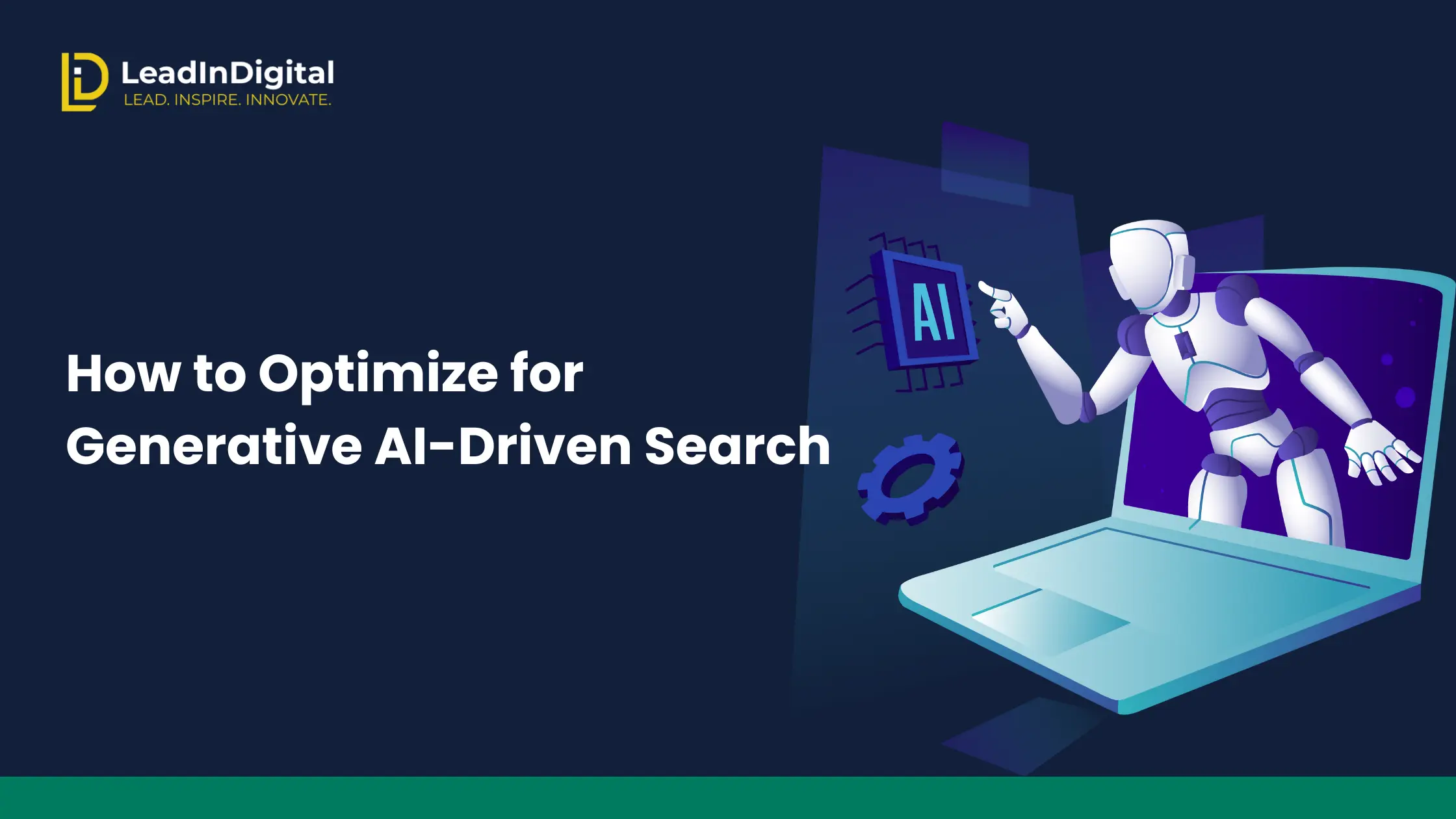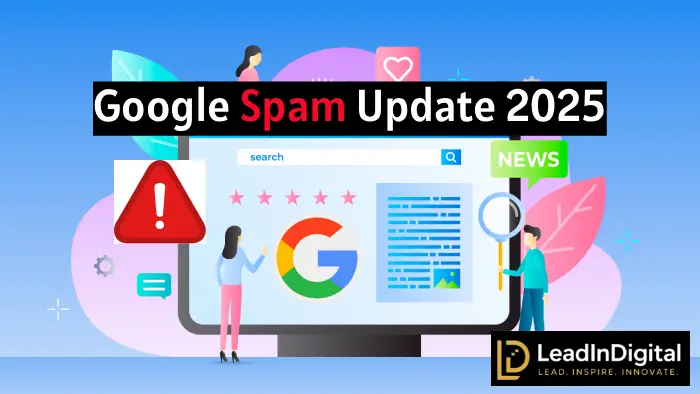
The search landscape is shifting under our feet. For two decades, SEO meant optimizing for Google’s “ten blue links.” We obsessed over keywords, backlinks, site speed, and metadata. Then came rich snippets, featured answers, and voice search. But what’s happening now is bigger than all those changes combined.
Generative AI-driven search tools like Google’s Search Generative Experience (SGE), ChatGPT’s answer engine, or Perplexity AI are rewriting the rules of discovery. Instead of delivering a long list of links, these systems summarize, synthesize, and serve answers directly to the user. They’re not just indexing; they’re interpreting.
For businesses, marketers, and creators, this is both exciting and unnerving. How do you make sure your brand, your insights, and your expertise don’t get buried in AI’s answer summaries? That’s where Generative Engine Optimization (GEO) comes in.
Let’s break down how you can adapt and even thrive in this new world.
1. Understand the New Search Reality
In traditional search, ranking on page one meant visibility. In generative search, your content may be summarized, quoted, or re-interpreted by an AI system. Sometimes your brand gets credit, sometimes not.
Here’s what’s different:
Answers, not links: Users see the solution first, not a list of websites.
Context over keywords: AI doesn’t just match phrases it interprets meaning.
Authority signals: Engines pull from sources they “trust” more heavily.
The implication? Content must shift from keyword-stuffed tactics to context-rich, credible, structured insights.
2. Write for Humans First, AI Second
If AI is learning from your content, it needs to be clear, coherent, and genuinely useful. Forget writing robotic copy just to please algorithms generative models thrive on human-like clarity.
Ask yourself:
Would a reader understand this without extra Googling?
Am I giving depth rather than shallow keyword repetition?
Can my insights stand on their own in a summarized form?
Pro tip: Write as if your content will be the “source notes” for a journalist writing a story. Concise, factual, but engaging.
3. Structure Content for Machine Readability
Generative engines scrape and synthesize at scale. The easier you make it for them to parse your content, the more likely you’ll show up in answers.
Use headings (H2, H3) to create logical flow: Each section should answer a question or subtopic directly.
Bullet points and numbered lists: AI loves scannable, organized data. If you give it structure, it’s more likely to reuse your phrasing.
Short paragraphs, digestible sentences: Think clarity over cleverness.
Example: Instead of a 300-word block on “AI in healthcare,” break it down into: “AI use cases in diagnostics,” “AI in patient engagement,” “AI in predictive care.”
4. Build Topical Authority
AI engines decide what sources to trust. They lean toward sites that show depth and consistency in specific subject areas.
Ways to build authority:
Cover a niche thoroughly: Instead of dabbling in many topics, dominate one.
Link internally: Connect related articles to signal thematic depth.
Cite credible sources: Engines notice when you reference trusted research or institutions.
If you’re the go-to voice in your industry niche, your likelihood of being pulled into AI summaries skyrockets.
5. Prioritize First-Party Data and Original Insights
One limitation of generative AI is its reliance on existing, recycled information. That creates an opportunity: if you’re publishing original research, proprietary data, case studies, or unique perspectives, you stand out.
Examples:
Share survey results or consumer behavior insights.
Publish case studies with measurable outcomes.
Offer commentary on industry shifts from direct experience.
AI engines value fresh, verifiable information and humans love it too.
6. Optimize for Credibility Signals
E-E-A-T (Experience, Expertise, Authoritativeness, Trustworthiness) has never been more important. Generative search leans heavily on credibility signals to decide which content to pull.
Strengthen your trust profile by:
Author bylines with credentials (not faceless content).
About pages that showcase expertise.
Updated content stale pages rarely get cited.
High-quality backlinks from recognized industry sites.
Think of it this way: if you were an AI trying to pick reliable sources, would your site look credible?
7. Leverage Schema and Structured Data
Schema markup is the unsung hero of AI optimization. By adding structured data to your site, you help machines understand exactly what your content represents.
Key schema types:
Article schema: Clarifies headlines, author, publication date.
FAQ schema: Perfect for direct question-and-answer content.
Product schema: Useful for e-commerce, reviews, pricing.
Structured data makes your content more machine-friendly, increasing your chances of being pulled into generative answers.
8. Monitor How AI Engines Use Your Content
Optimization doesn’t stop at publishing. You need to watch how AI platforms are surfacing your brand.
Tools are emerging (like Glimpse, Perplexity’s analytics, and AI-search monitoring suites) to show when and how your content is referenced. Even without tools, you can:
Test queries directly in SGE or ChatGPT.
Compare summaries with your published work.
Adjust structure or phrasing if you’re not being included.
This is a moving target constant testing is key.
9. Blend SEO With GEO (Generative Engine Optimization)
Traditional SEO isn’t dead. You still need keywords, backlinks, and crawlability. But think of GEO as the next layer: making your content AI-friendly, context-rich, and credible.
Instead of abandoning SEO, evolve it. The brands that succeed will master both.
10. Focus on Experience Over Exposure
Here’s the mindset shift: in generative search, you might not always “get the click.” Users may see your brand mentioned in a summary without visiting your site. That’s not necessarily a loss.
If your brand shows up as a trusted source inside AI answers, you’re building awareness, authority, and trust at scale. Over time, those impressions convert into recognition and leads.
Measure success not only by traffic, but by visibility, mentions, and the quality of user engagement downstream.
Final Thoughts
Generative AI-driven search is not the end of SEO it’s the evolution of it. Yes, the rules are changing, but the fundamentals of great content remain the same: clarity, authority, originality, and trust.
The difference now is that you’re not just writing for humans or for Google’s crawler bots. You’re writing for answer engines that want to deliver the best possible synthesis to users.
If you embrace this shift early by structuring content, showcasing expertise, and offering unique insights you won’t just survive. You’ll thrive in a world where AI does the searching, and your brand becomes the answer.




